Common Attic Pests
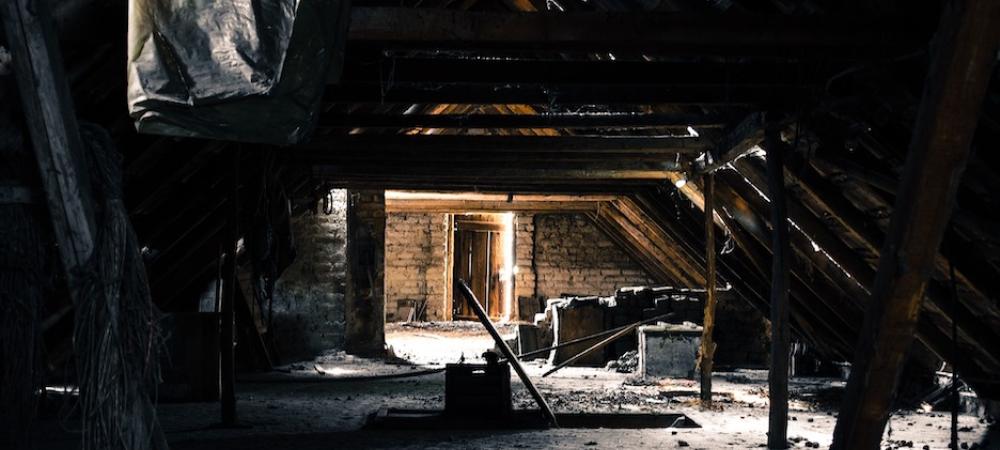
Having pests in your attic can be a nuisance and a potential threat to your home and well-being. Several pests commonly find their way into attics, seeking shelter and warmth, including:
In this blog, we will explore the most common pests to find in attics and provide guidance on how to identify their presence. By recognizing the signs, you can take appropriate steps to address the attic infestation promptly.
Mice and Rats
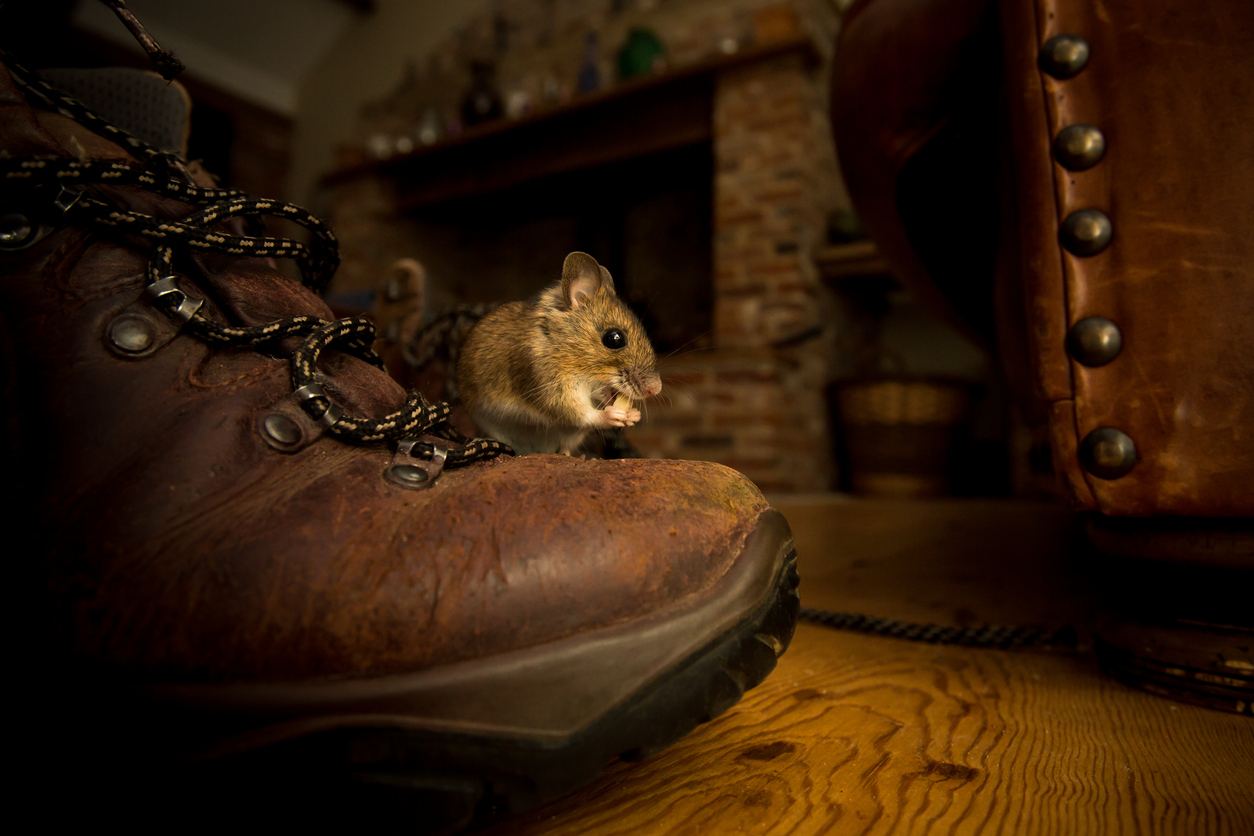
Mice and rats, especially roof rats, are prevalent in urban areas. They can squeeze through small openings and quickly establish nests in attics.
Signs of their presence include:
- Droppings: Mice leave small, pellet-like droppings, while rats produce larger droppings.
- Gnaw marks: Look for chewed wires, insulation, and cardboard boxes.
- Noises: Scratching, scurrying, and squeaking sounds during the night.
- Nests: Mice and rats construct nests using shredded materials like paper and fabric.
Read our blog to learn more about the signs of mice and rats in your attic.
Squirrels
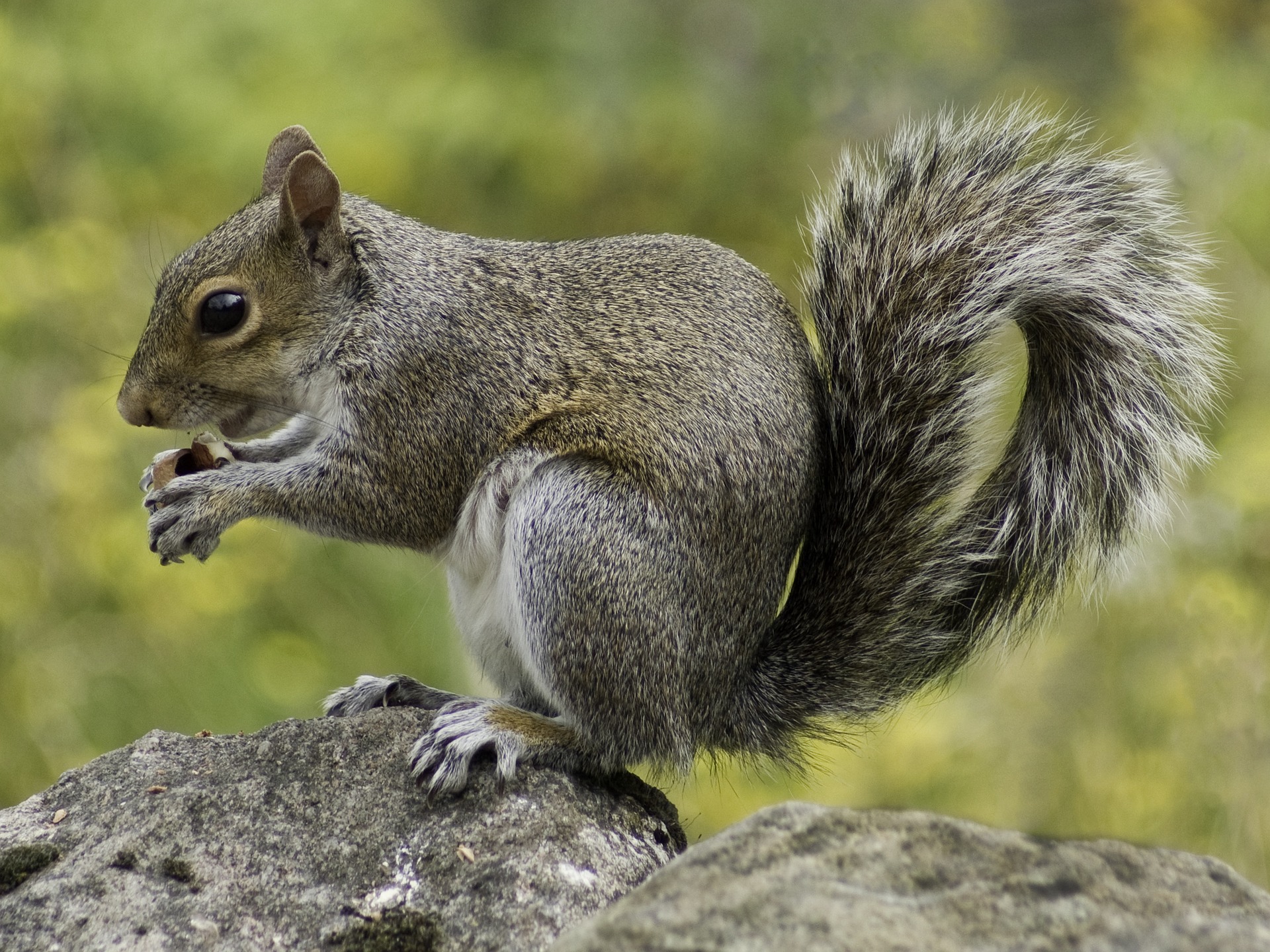
Squirrels are agile climbers and often access attics through trees or utility lines. They can cause significant property damage and pose fire hazards by gnawing on electrical wiring.
Look for the following indications:
- Noises: Squirrels are active during the day, so you may hear sounds of scampering, scratching, or gnawing in the morning or afternoon. They are agile climbers and may move quickly across the attic space.
- Entry Points: Inspect the exterior of your house for potential entry points squirrels may use to access the attic. Look for chewed holes, gaps, or damage near the roofline, soffits, vents, or eaves. Squirrels can even chew through weaker materials like wood, plastic, or insulation.
- Chewed Wiring and Wood: Squirrels have strong teeth that continuously grow, so they gnaw on various objects to keep them in check. Look for chewed electrical wires, wood beams, insulation, or stored items in your attic.
- Nests: Squirrels build nests using materials like leaves, twigs, insulation, or fabric. Look for signs of nests tucked away in corners, behind insulation, or in other hidden areas of your attic. Squirrel nests are often large and loosely constructed.
- Droppings: Squirrel droppings are similar to small brown or black pellets and are usually found near their nests or in pathways they frequent.
- Disturbed Insulation: Squirrels may dig through or scatter insulation to create nesting areas or search for food. Look for disturbed or displaced insulation in your attic.
- Visual Sightings: Squirrels may occasionally venture out of the attic, especially when seeking food or water sources. You may spot them climbing trees, on the roof, or near potential entry points. Be cautious if you encounter squirrels, as they may become agitated or defensive if they feel threatened
Bats
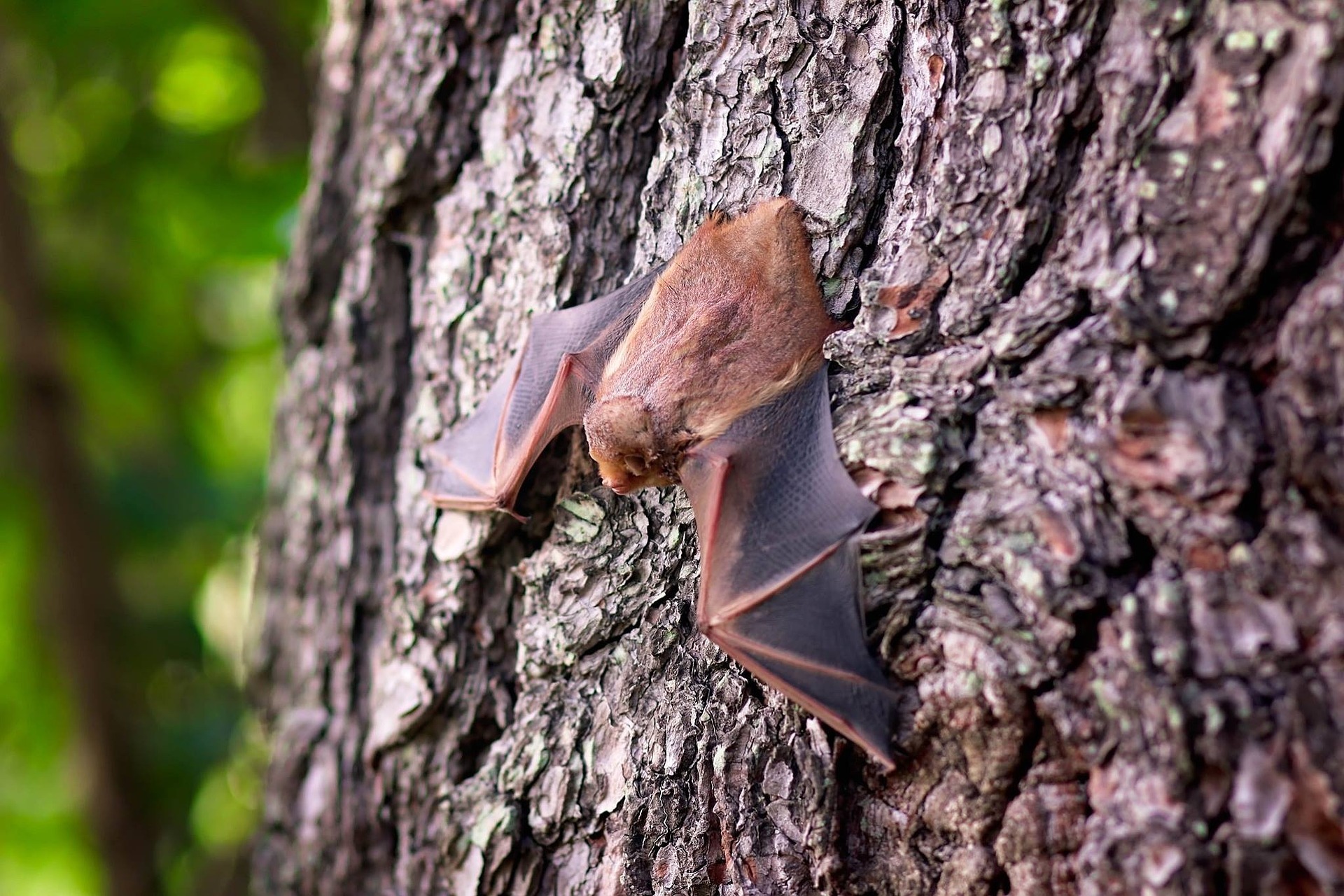
Bats are beneficial creatures for the ecosystem but can become problematic if they inhabit your attic.
Signs of a bat infestation include:
- Guano: Bat droppings, also known as guano, are a key indicator of their presence. Bat guano resembles small, elongated pellets and has a shiny appearance.
- Grease Marks: Bats have oily fur, and as they repeatedly enter and exit through specific openings, they can leave greasy marks along walls, ceilings, or rafters.
- Noises: Bats are active at night, and you may hear scratching or squeaking sounds coming from your attic during evening hours.
- Sightings: If you observe bats flying around your property at dusk or dawn, there is a high chance they are roosting in your attic.
- Stains: Over time, bat urine can stain ceilings or walls - look for yellowish or brownish spots.
- Presence of Young: During certain times of the year, bats may give birth in attics. If you notice an increase in bat activity, including the sounds of high-pitched chirping, it could indicate the presence of bat pups.
Termites
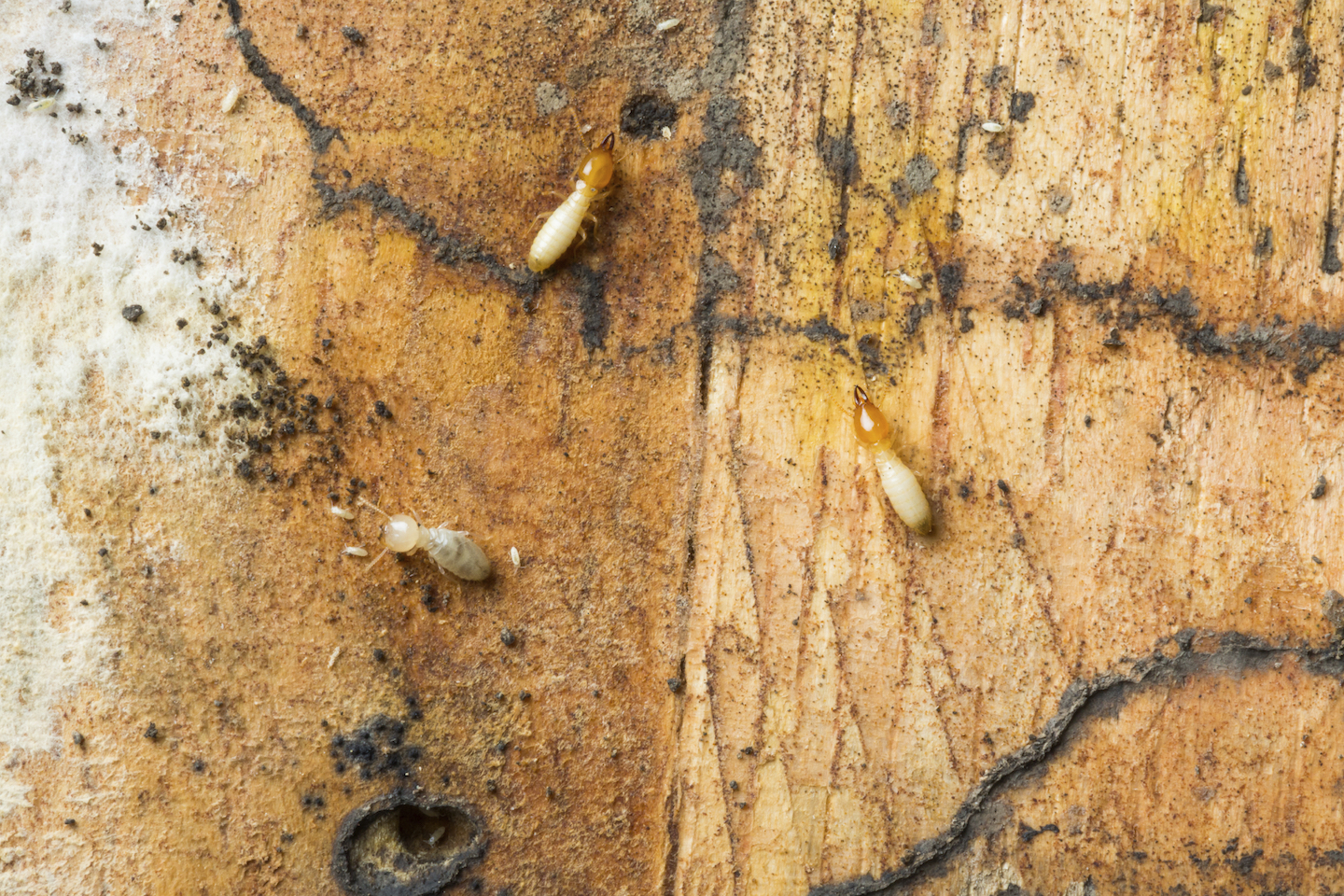
Termites are destructive insects that are known to cause extensive structural damage to your home. These dangerous pests infest wooden structures, which does mean they can target attics.
Watch out for:
- Discarded Wings: Termites swarm to establish new colonies, and after the swarming process, they shed their wings. The wings are typically found near windowsills, light fixtures, or other light sources.
- Mud Tubes: Termites construct mud tubes or tunnels as a means of travel and protection. These tubes are made of soil, wood particles, and termite saliva.
- Hollow-Sounding Wood: Tap wooden structures in your attic, such as beams or rafters, to check for hollowness. Termites feed on the cellulose within the wood, leaving behind only a thin outer layer.
- Frass: Termite droppings, also known as frass, resemble tiny wood-colored pellets or powder. You may find these droppings accumulating near termite-infested areas, such as on the floor or in the corners of your attic.
- Damaged Wood: Termites create tunnels within the wood, weakening its structure and causing it to become brittle or crumble easily. Look for buckling, blistering, or discolored areas on wooden surfaces.
Ants
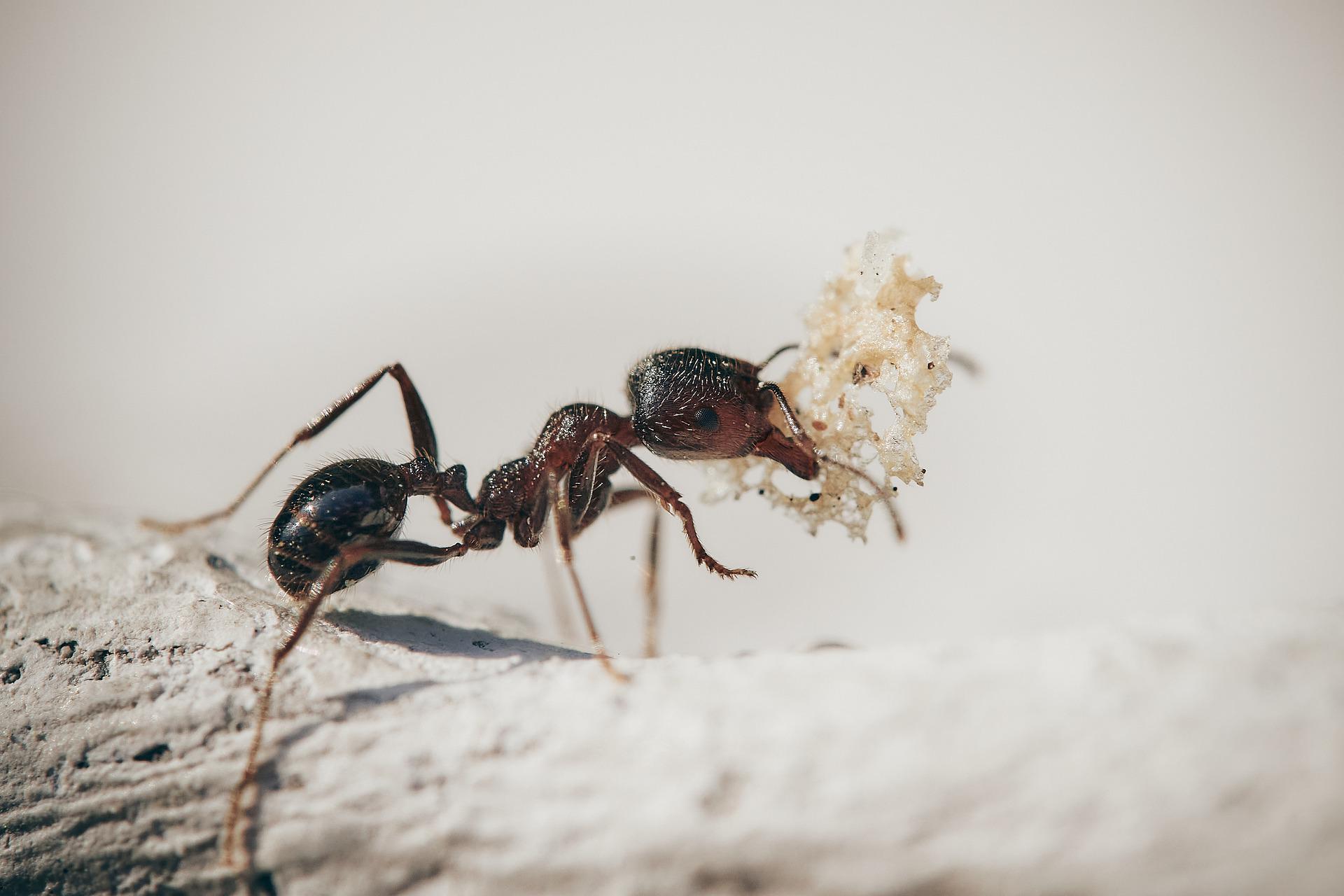
Ants, and other bugs, can infest attics in search of food, water, or suitable nesting sites.
Here are some signs that may indicate the presence of ants in your attic:
- Ant Trails: Ants typically follow trails as they forage for food. Look for lines of ants moving along walls, ceilings, or other surfaces in your attic.
- Visible Ants: Spotting individual ants crawling in your attic is a clear sign of an infestation. Pay attention to their size, color, and behavior, as different ant species may exhibit varying characteristics.
- Piles of Sawdust: Certain ant species, like carpenter ants, create galleries and tunnels in wood. As they excavate the wood, they leave behind piles of sawdust-like material known as frass.
- Nesting Materials: Ants construct nests using various materials like soil, debris, or insulation. Look for signs of nesting activity, such as piles of loose soil or insulation, in corners, crevices, or hidden areas of your attic.
- Food Sources: Ants are attracted to food, so keep an eye out for signs of food sources in your attic. Look for crumbs, spills, pet food, or improperly stored food that may attract ants.
Cockroaches
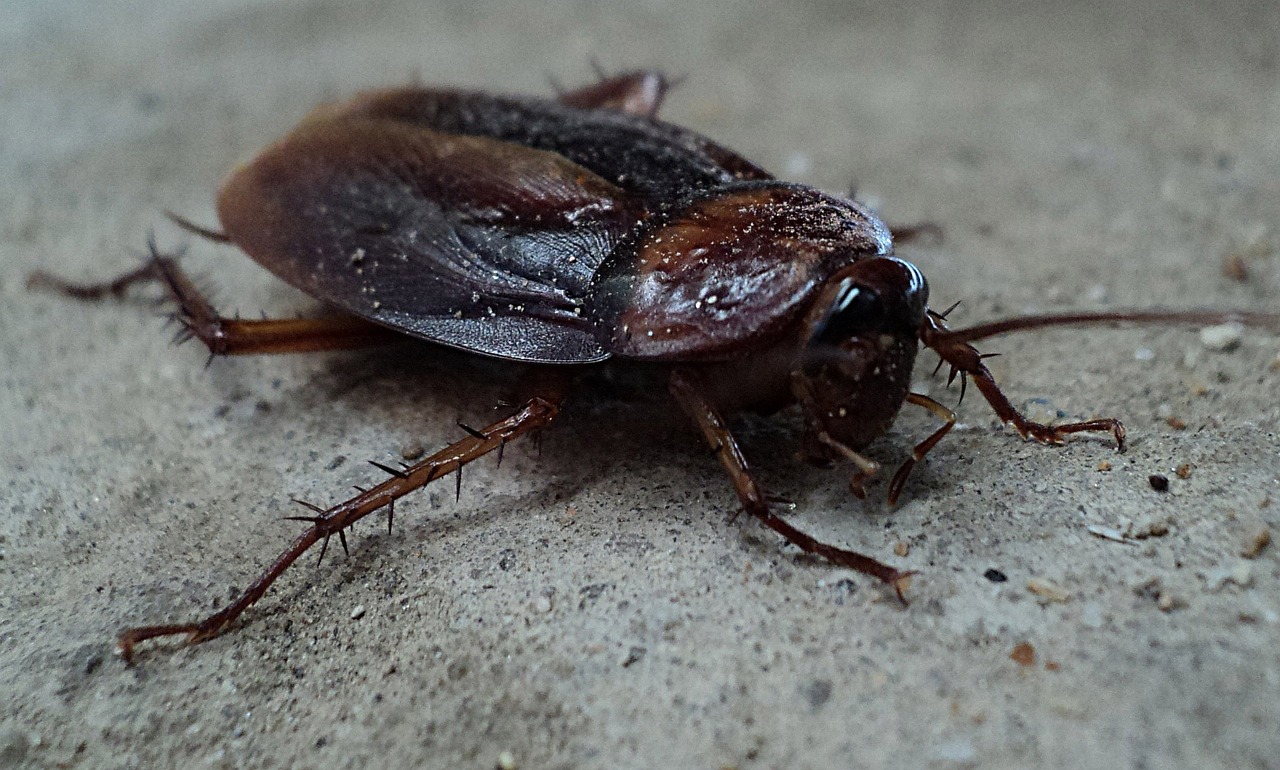
While ants and cockroaches are more commonly found in kitchens and basements, they can also invade attics.
Signs of their presence include:
- Live Cockroaches: Spotting live cockroaches in your attic is a clear indication of an infestation. Cockroaches are nocturnal and prefer dark, secluded areas, so it may be easier to observe them during nighttime with a flashlight.
- Droppings: Cockroach droppings resemble small, black, or brown specks similar to ground coffee or pepper.
- Foul Odor: Cockroaches emit a distinct musty or oily odor. If you notice a pungent, unpleasant smell in your attic, it could be an indication of their presence.
- Egg Casings: Cockroaches produce egg casings, known as oothecae, which contain multiple eggs. These casings are usually brown or reddish-brown and have a purse-like or capsule shape. Look for discarded egg casings in cracks, crevices, or hidden areas of your attic.
- Shed Skins: As cockroaches grow, they shed their exoskeletons. Finding these shed skins, known as exuviae, in your attic is a sign of an active cockroach population. The shed skins are typically light brown and resemble the shape and size of the cockroach.
- Damage to Organic Materials: Cockroaches can cause damage to organic materials like paper, cardboard, and fabrics. Look for signs of chewed or frayed edges on stored items or insulation in your attic.
- Nocturnal Noises: Cockroaches are known to produce noise, especially when the infestation is severe. You may hear rustling or scuttling sounds in your attic during the night as cockroaches move around or communicate with each other.
Snakes
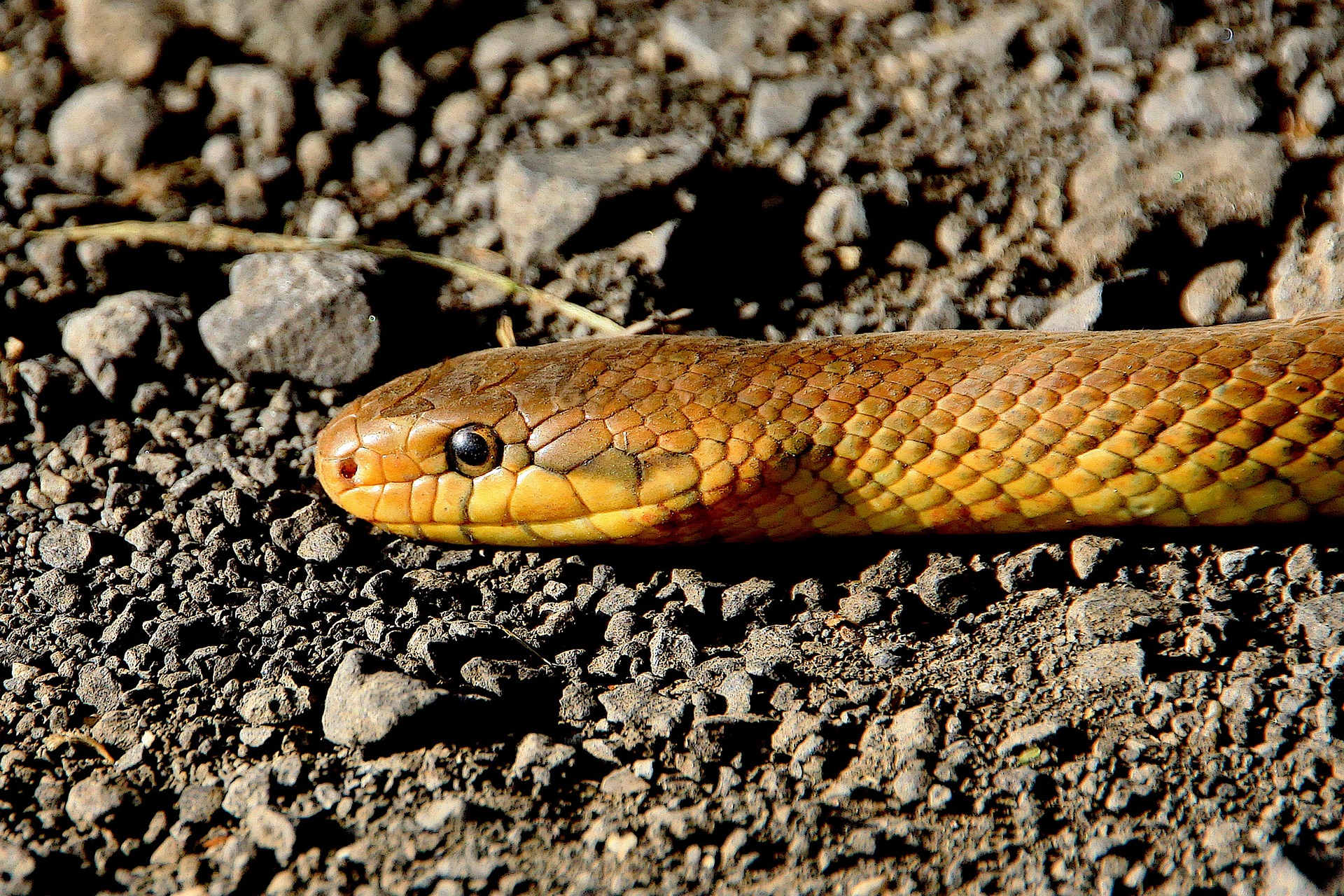
Some species of snakes, such as rat snakes or black snakes, may seek shelter in attics.
Look for signs such as:
- Shed Skins: Snakes periodically shed their skin as they grow. The skins are usually translucent and in the shape of a snake, including the eye scales.
- Slither Marks: If you have a dusty attic floor, you might notice sinuous tracks or slither marks left behind by snakes. These marks resemble wavy lines or patterns, indicating the movement of a snake across the dusty surface.
- Odor: Snakes have a distinct musky smell that can be noticeable in enclosed spaces like an attic. If you detect an unusual odor that resembles a mix of earthiness and musk, it could be an indication of snake activity.
- Prey and Nesting Materials: Snakes feed on rodents and other small animals. If you find signs of rodent activity in your attic, such as droppings or chewed materials, it could suggest a food source for snakes.
- Visual Sightings: While snakes tend to be elusive and shy away from human presence, you may occasionally encounter one in your attic. If you see a snake, it is crucial to exercise caution and contact a professional wildlife removal service for safe removal.
Raccoons
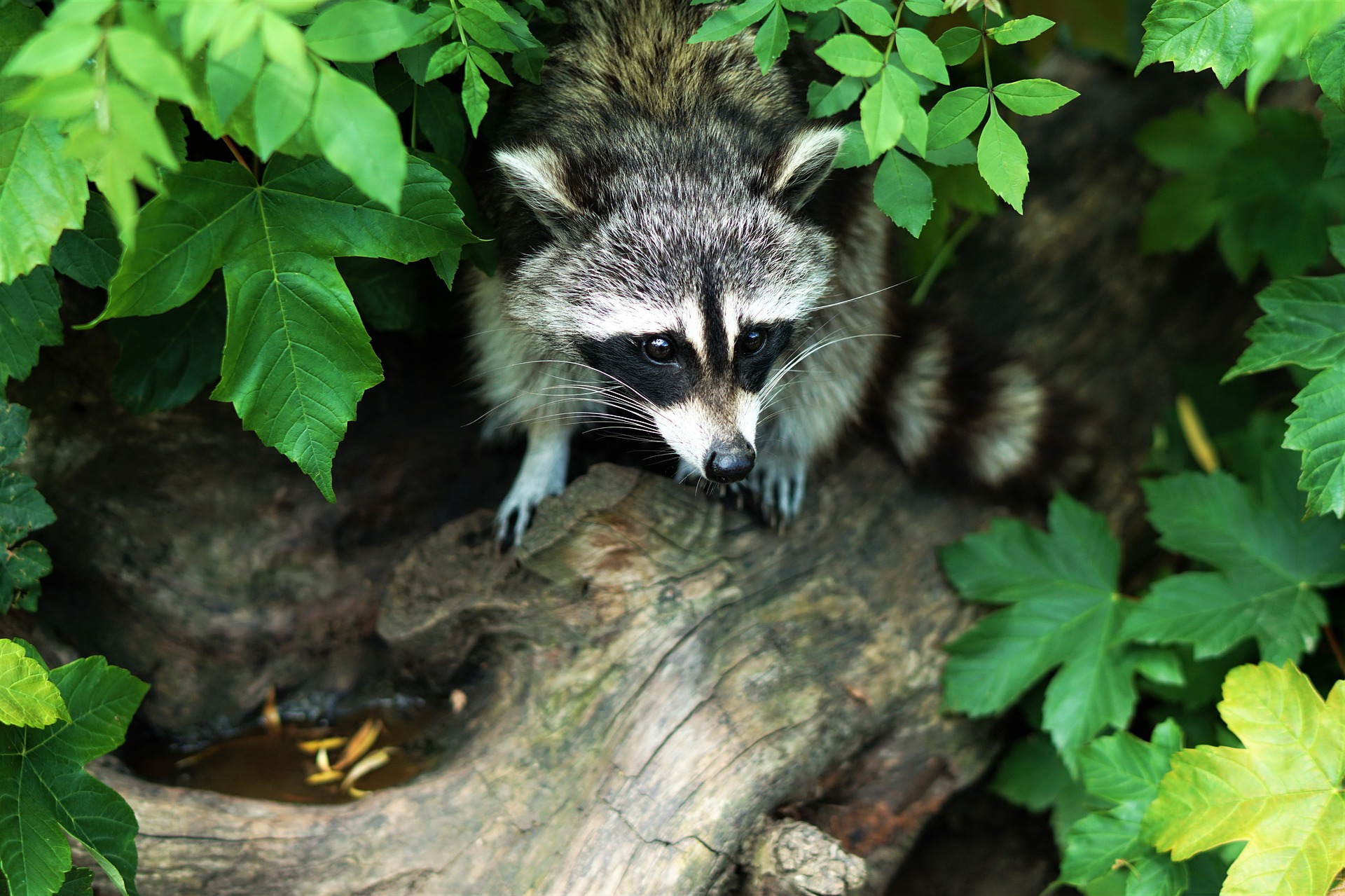
Raccoons are excellent climbers and can access attics through tree branches or roof openings.
Signs of raccoon infestation include:
- Noises: Raccoons are nocturnal animals, so you may hear loud noises, particularly at night. These noises can include scratching, thumping, scampering, or vocal sounds.
- Damage: Raccoons can cause significant damage to the attic and its contents. Look for signs of torn insulation, damaged ductwork, chewed wires, and shredded materials like cardboard or nesting materials.
- Feces: Raccoon droppings are similar in appearance to dog droppings but have a distinct cylindrical shape and a darker color. They are often found in specific areas where raccoons frequent, such as near entry points or along attic beams.
- Entry Points: Inspect the exterior of your house for potential entry points raccoons may use to access the attic. Raccoons are strong and can enlarge existing openings or create new ones. Look for gaps in the roofline, loose or damaged vents, broken soffits, or openings near chimneys.
- Greasy Marks: Raccoons have oily fur, and as they frequently travel along specific pathways, they can leave greasy smudges or marks on walls, beams, or other surfaces in your attic.
- Nests: Raccoons create nests using available materials such as insulation, leaves, twigs, or debris. Look for signs of nests in the corners or tucked away in hidden areas of your attic. Raccoon nests are typically larger and messier compared to those created by smaller pests.
- Visual Sightings: In some cases, you may actually spot raccoons in or around your property. Keep an eye out for raccoons climbing on trees, on the roof, or near potential entry points. However, exercise caution and do not approach raccoons as they can be aggressive if they feel threatened.
Call The Pest Control Professionals
Whether you are dealing with wild animals or common household pests, Senate Termite & Pest Control is a pest control company you can trust. Between our residential pest control and animal control treatments, our exterminators are here to provide comprehensive attic inspections, proper identification, and safe removal treatments. Contact our team today to get started!

